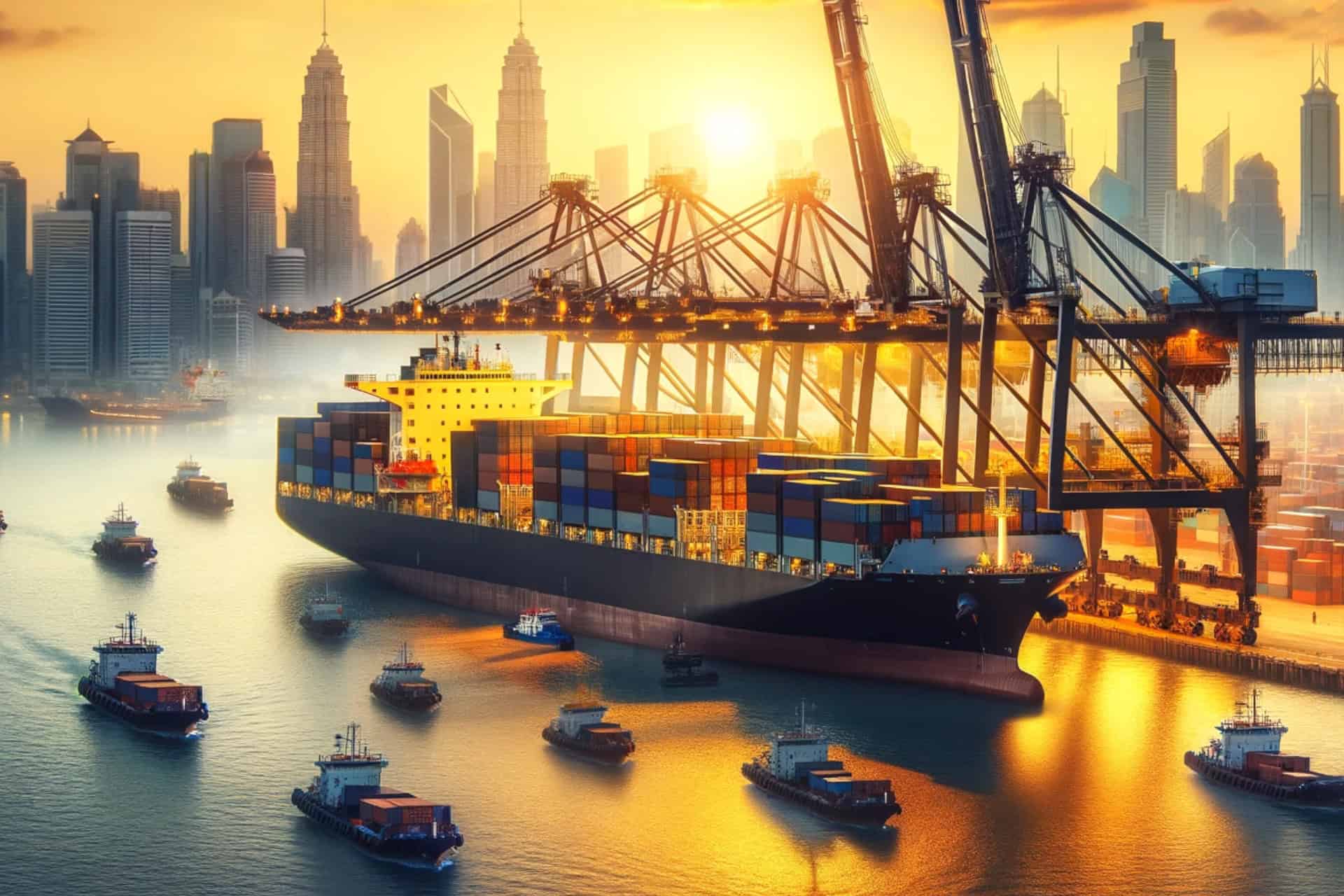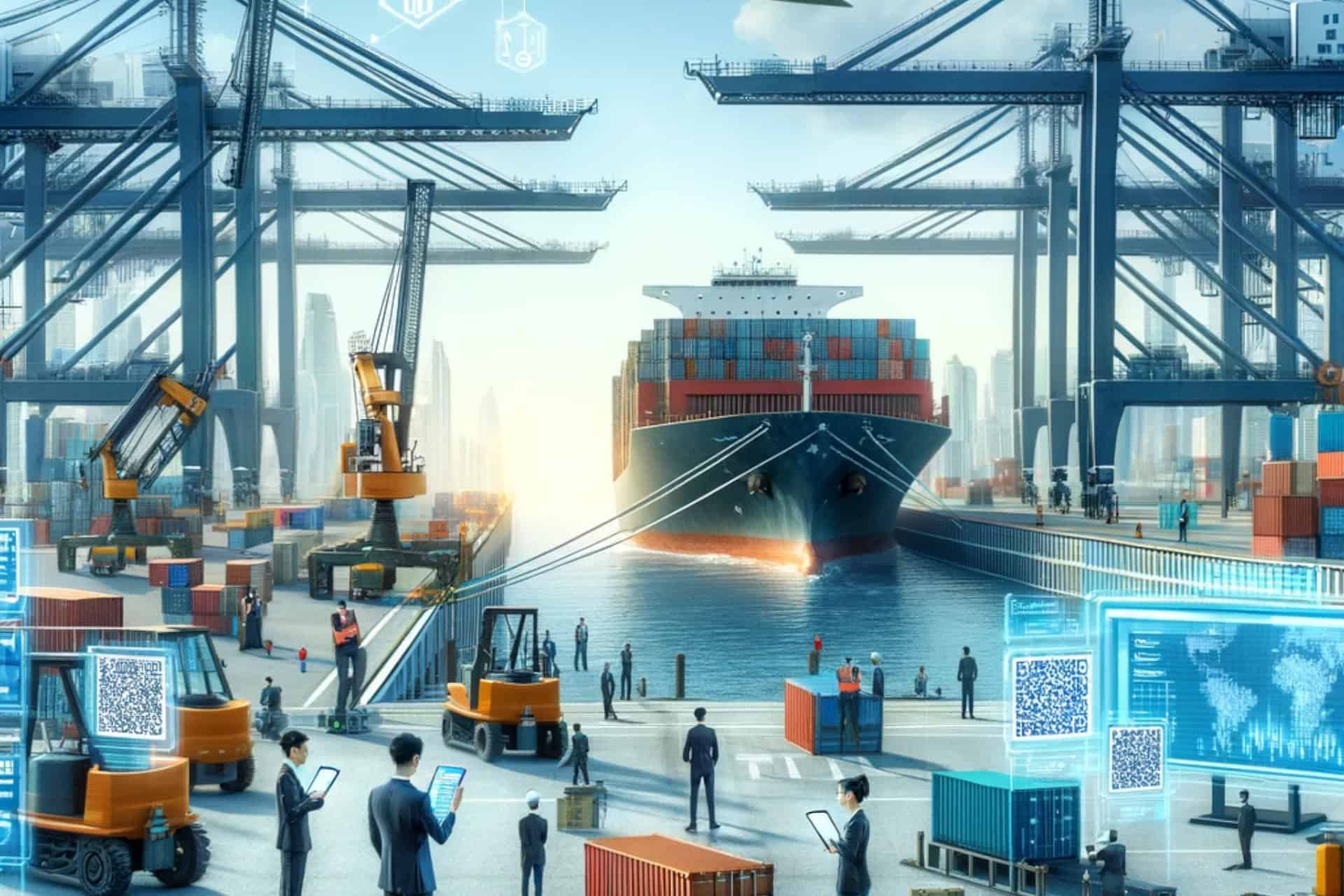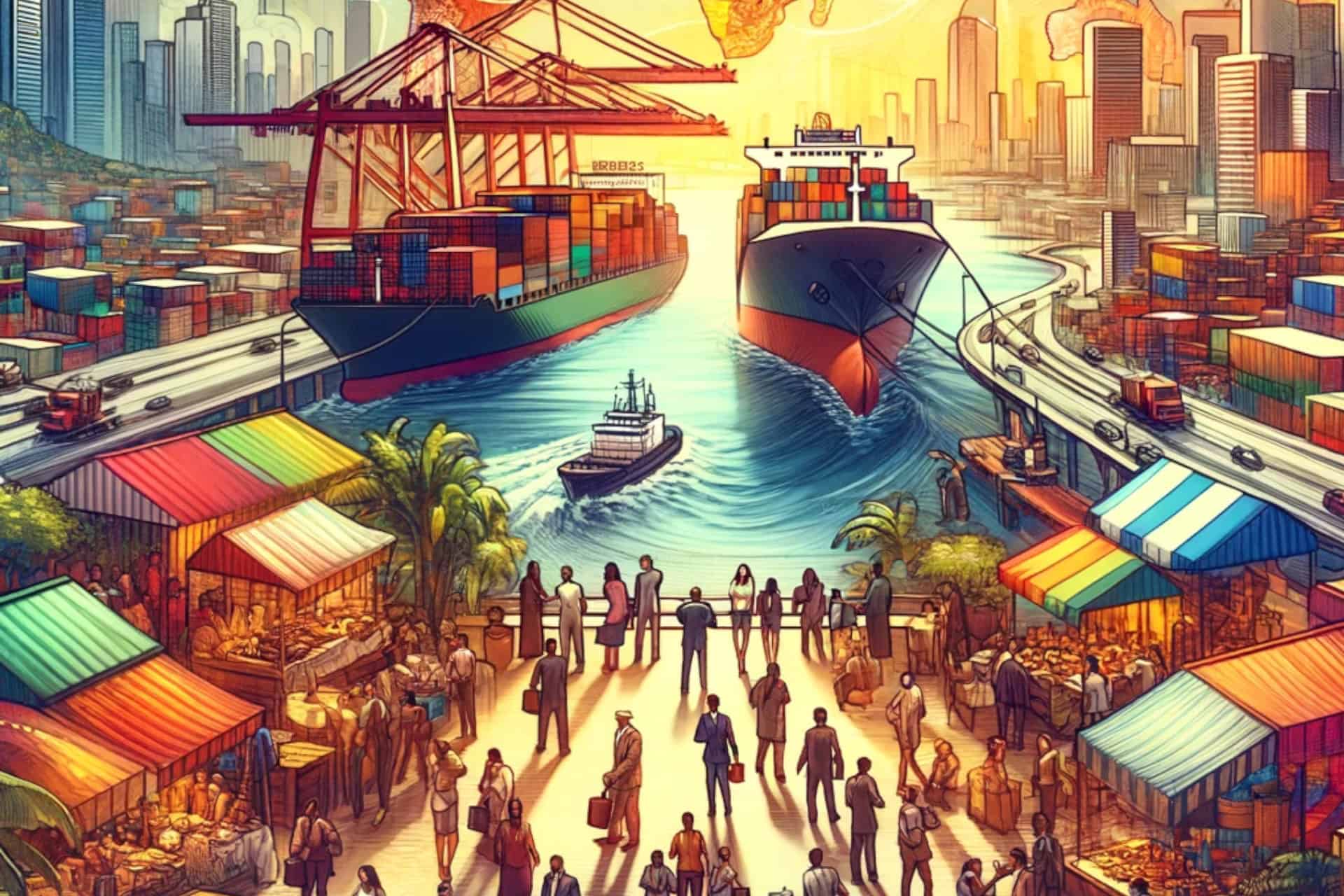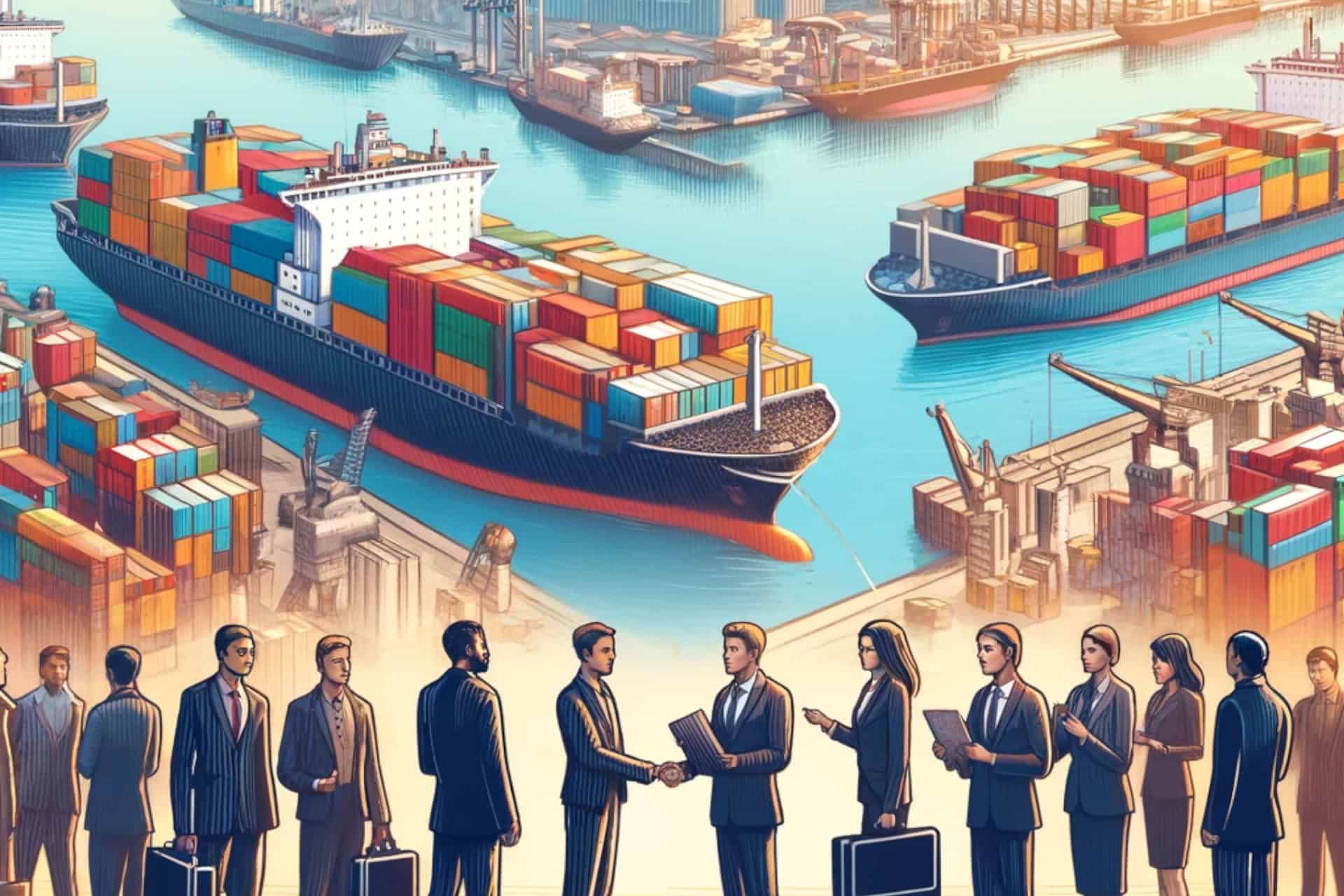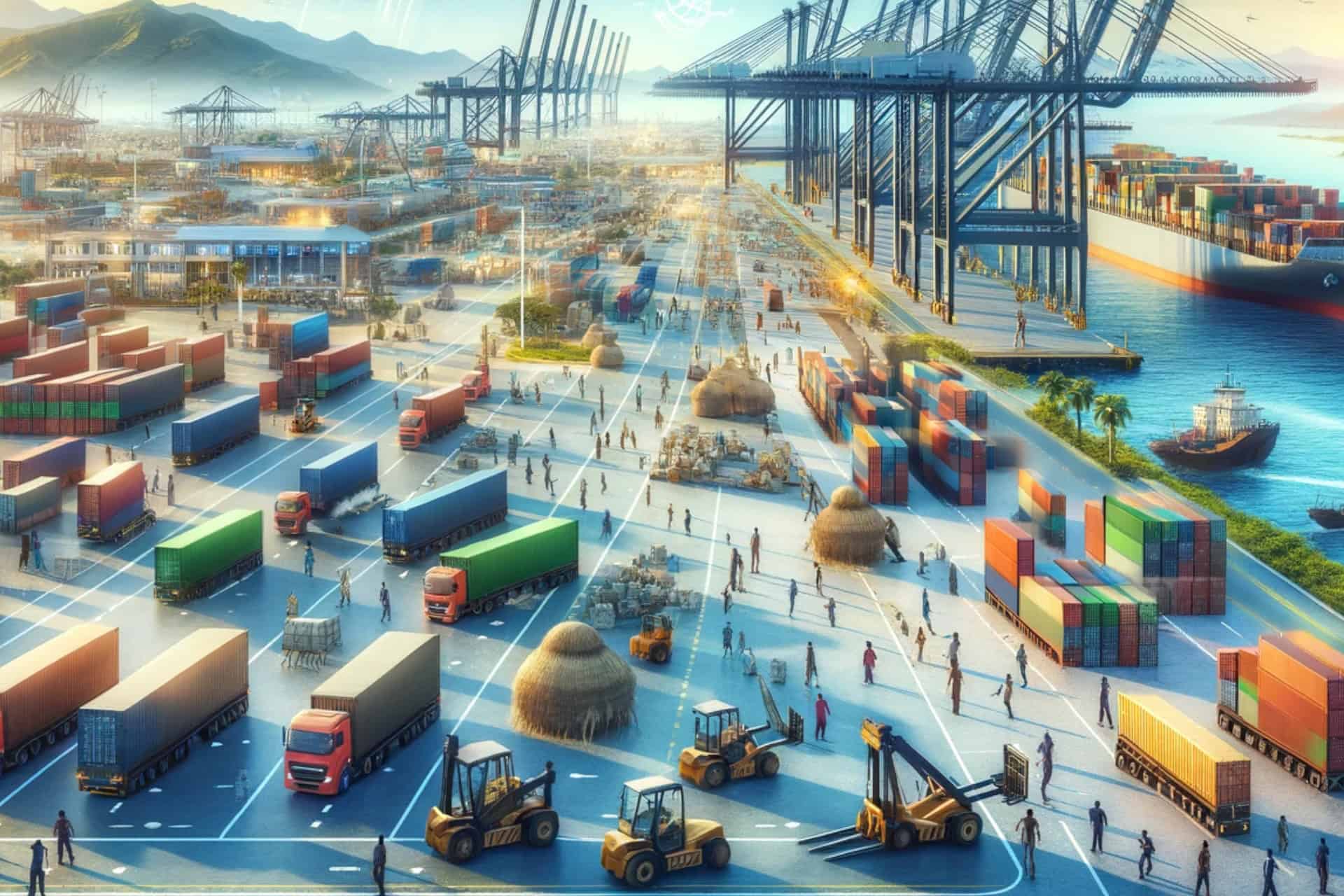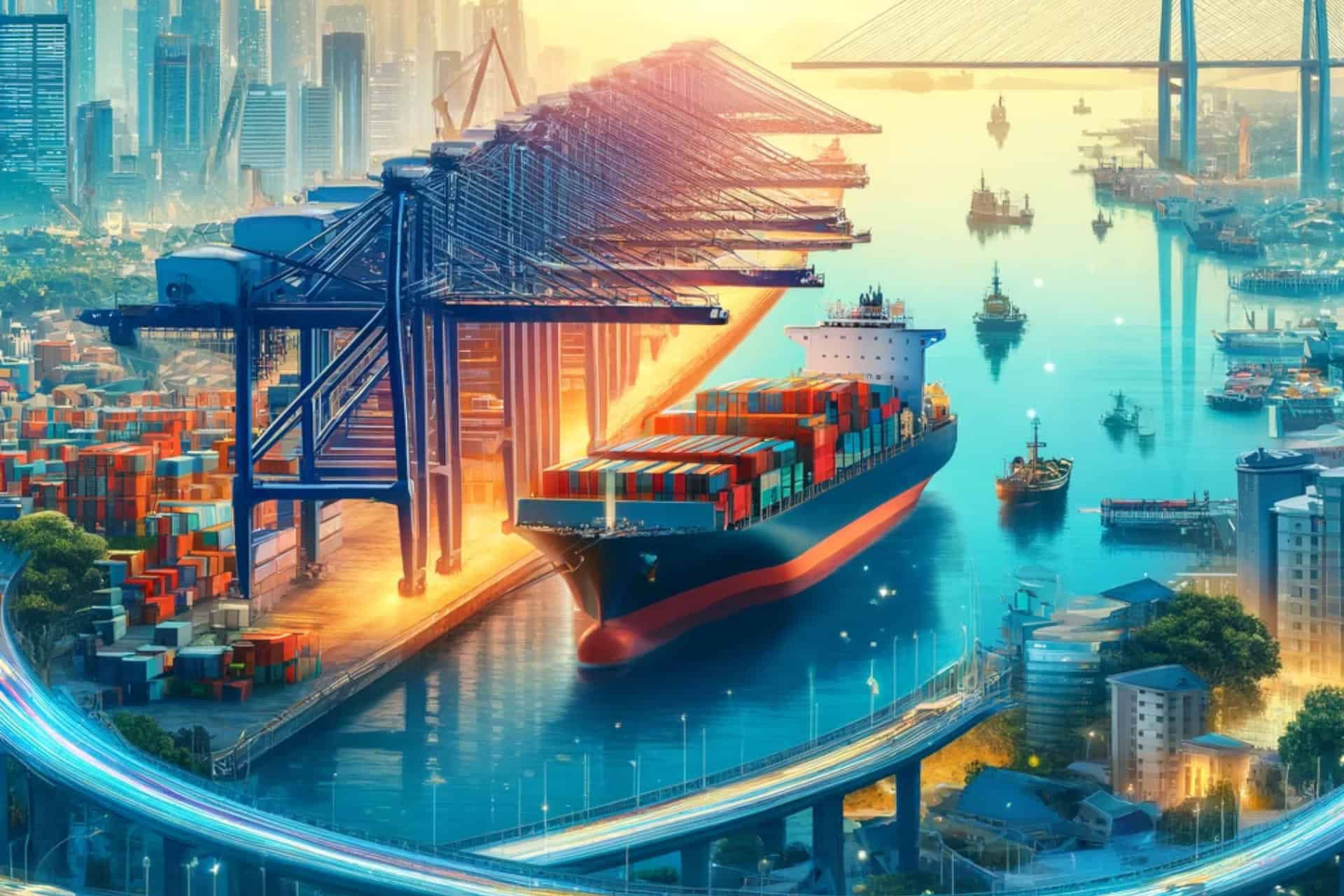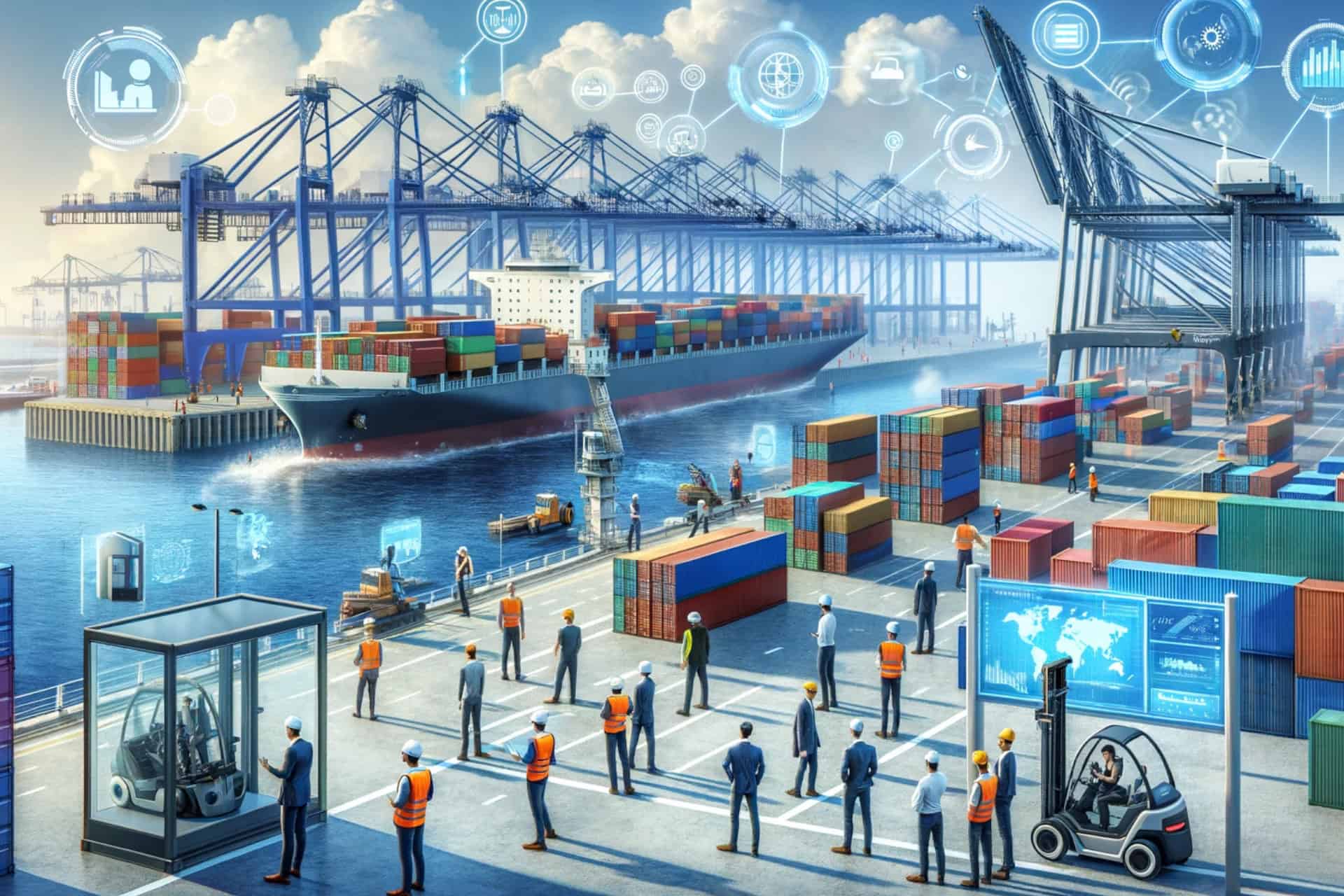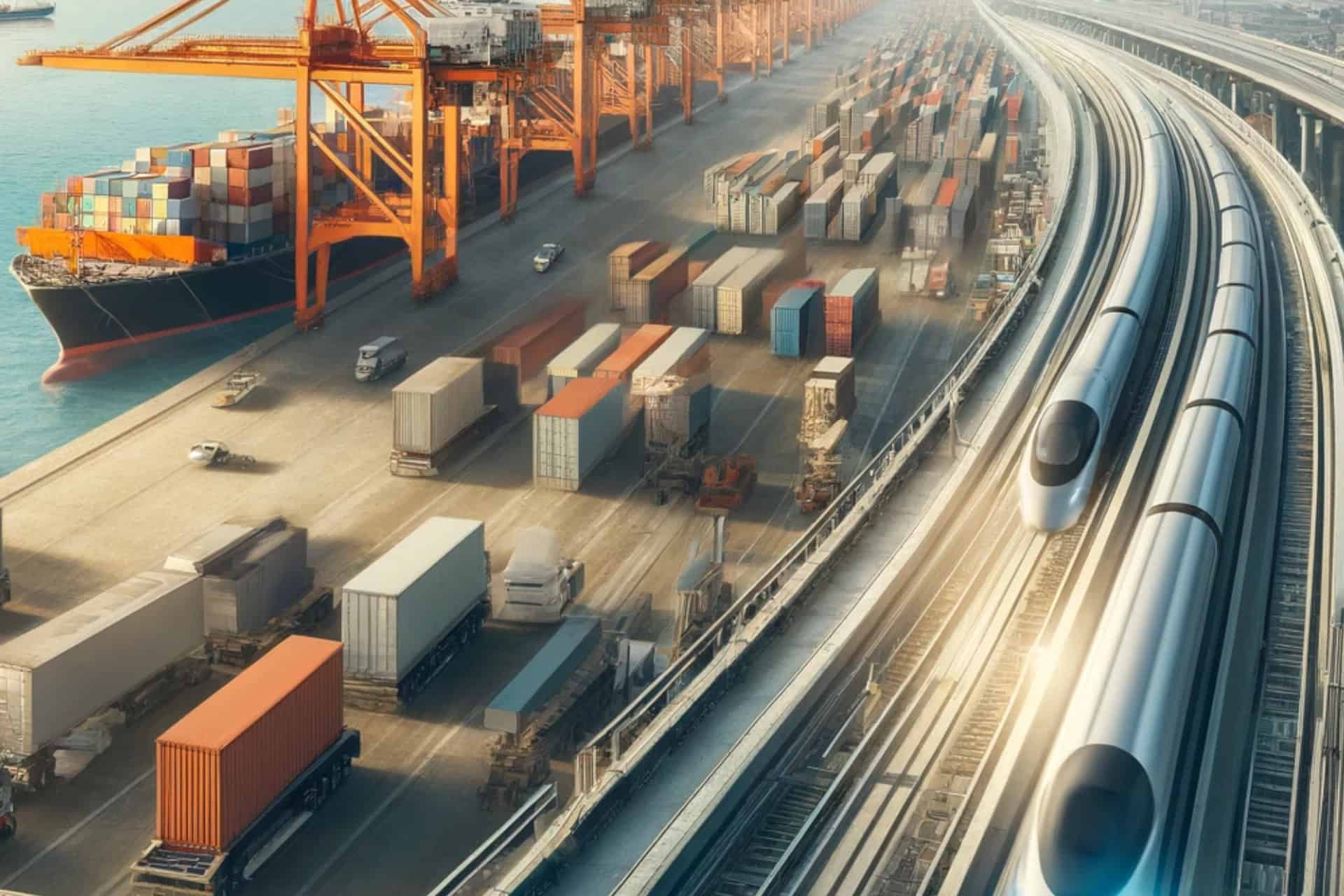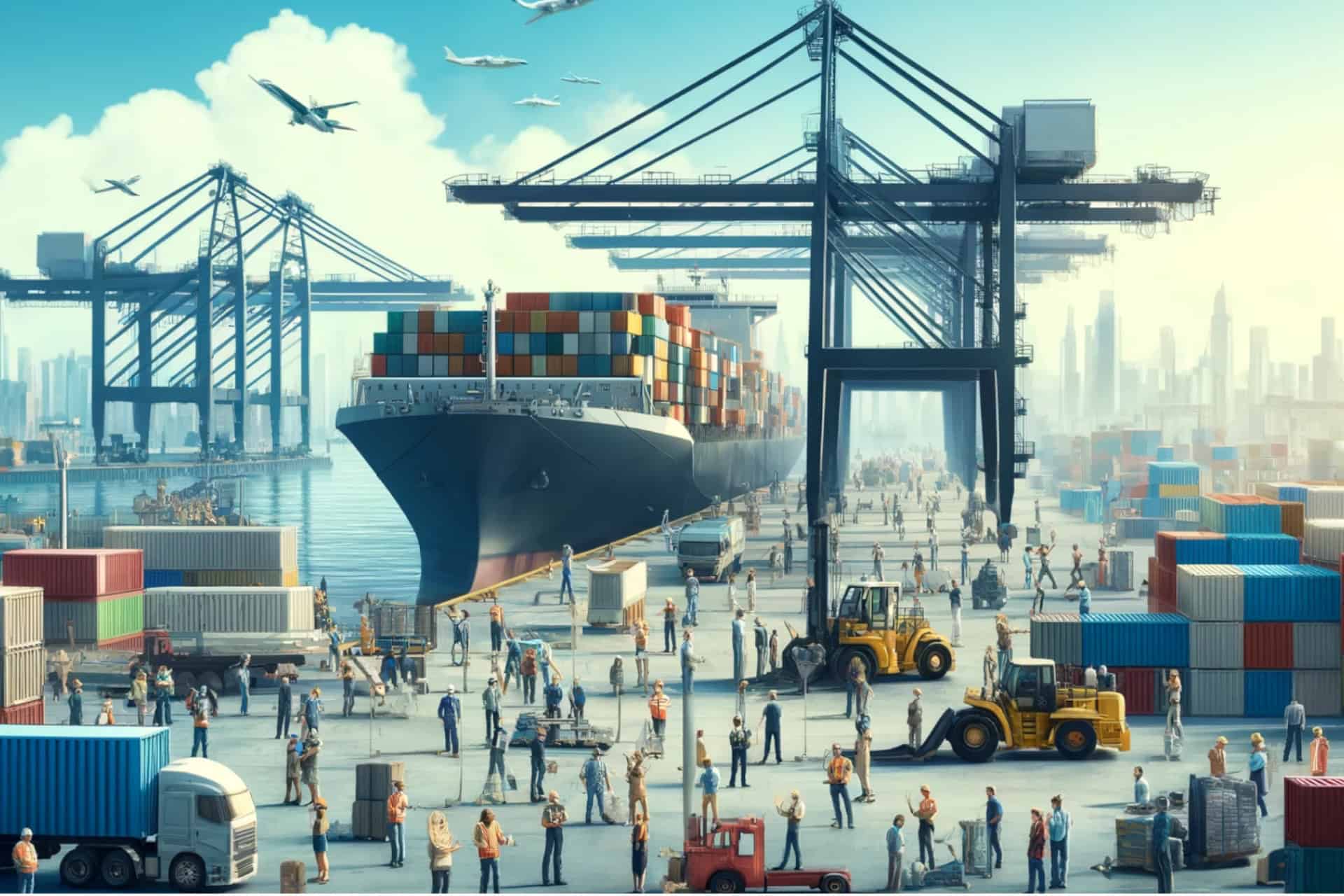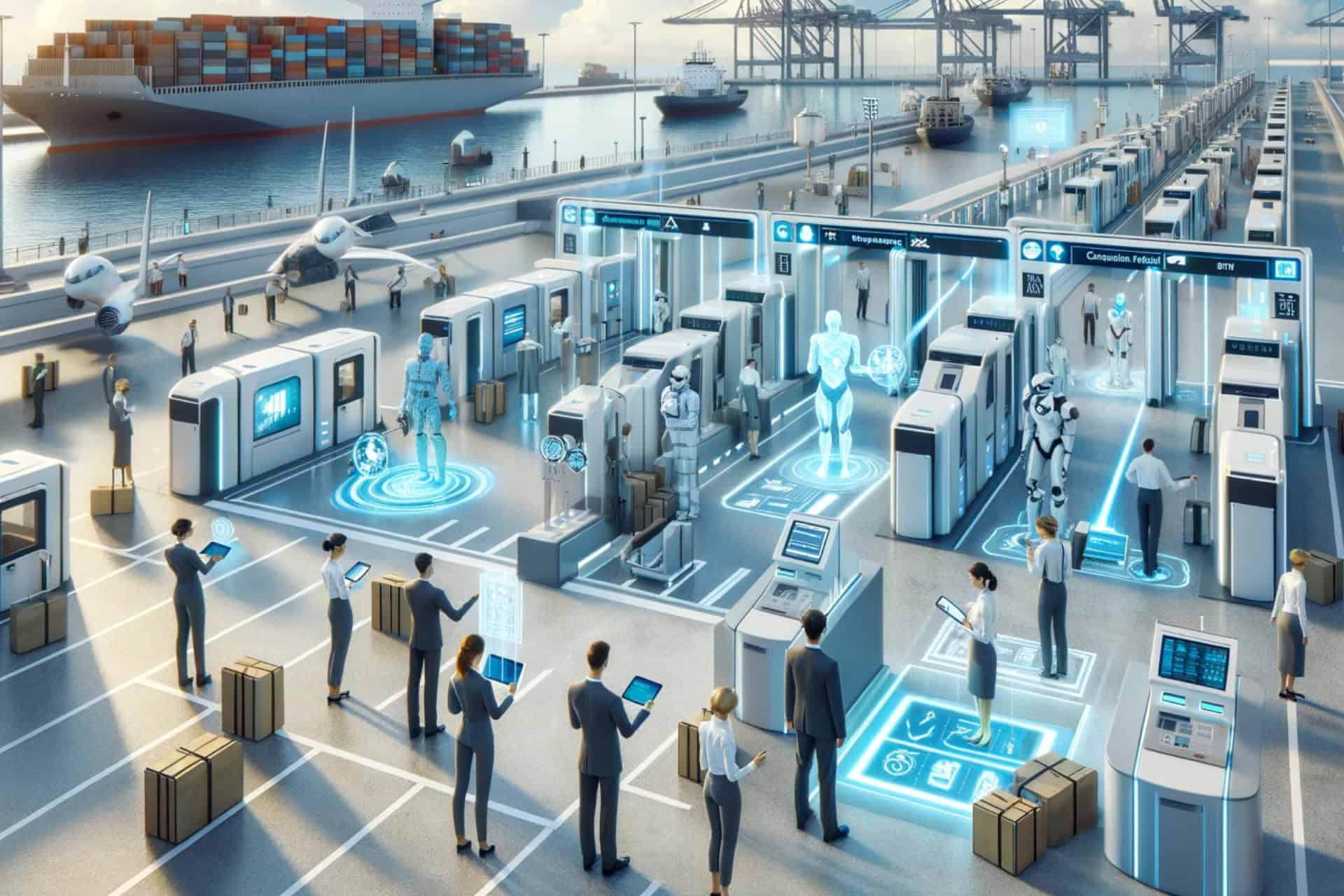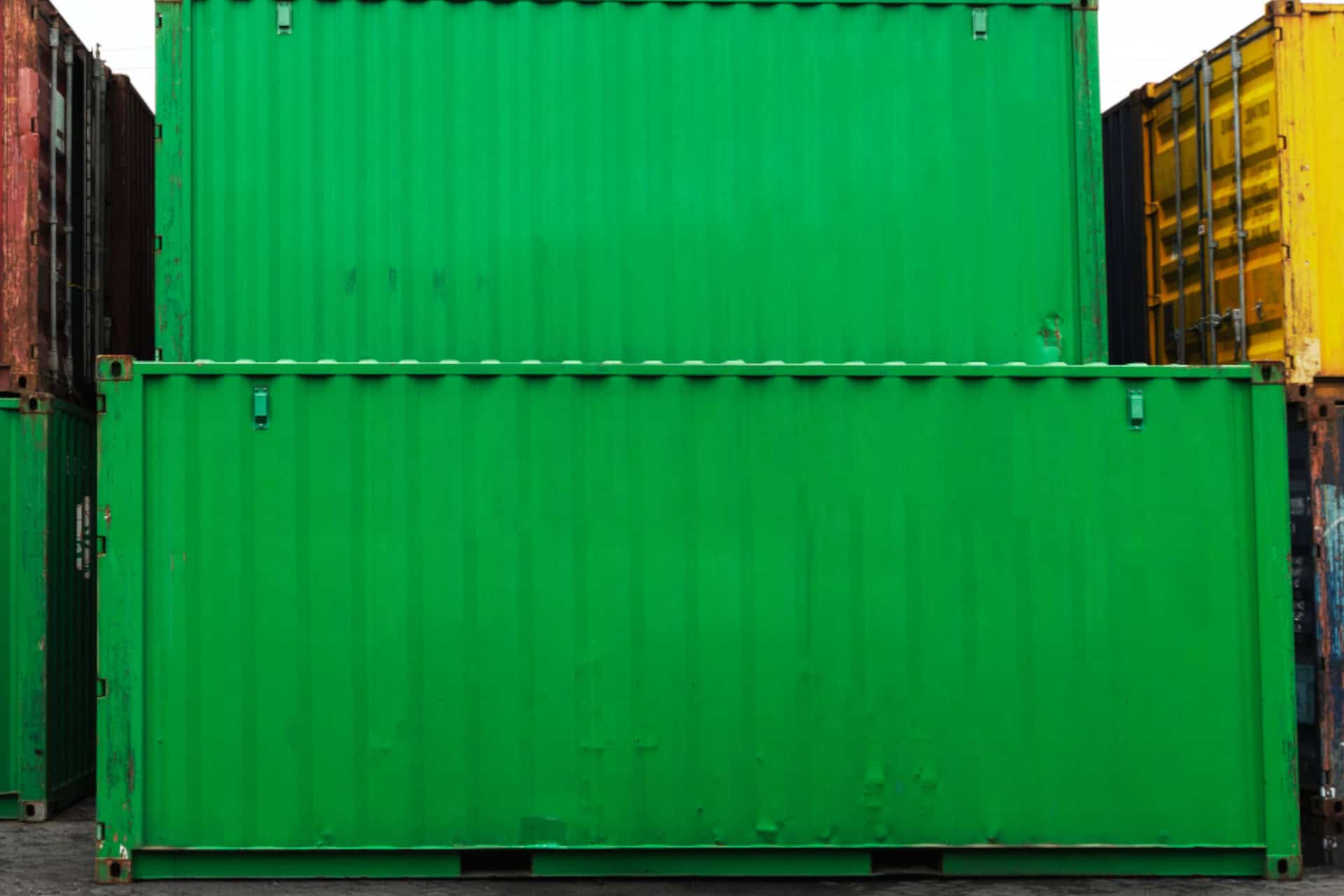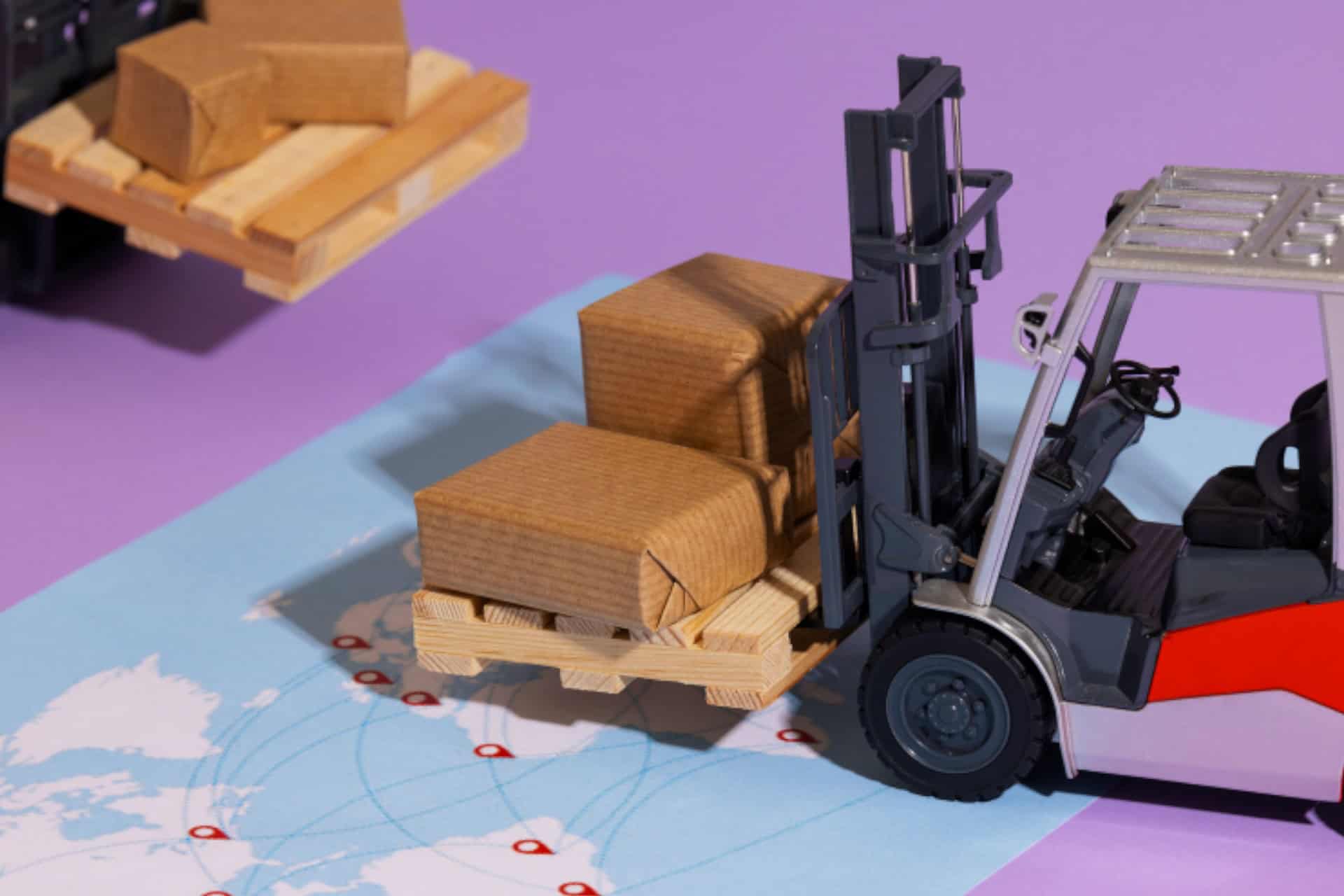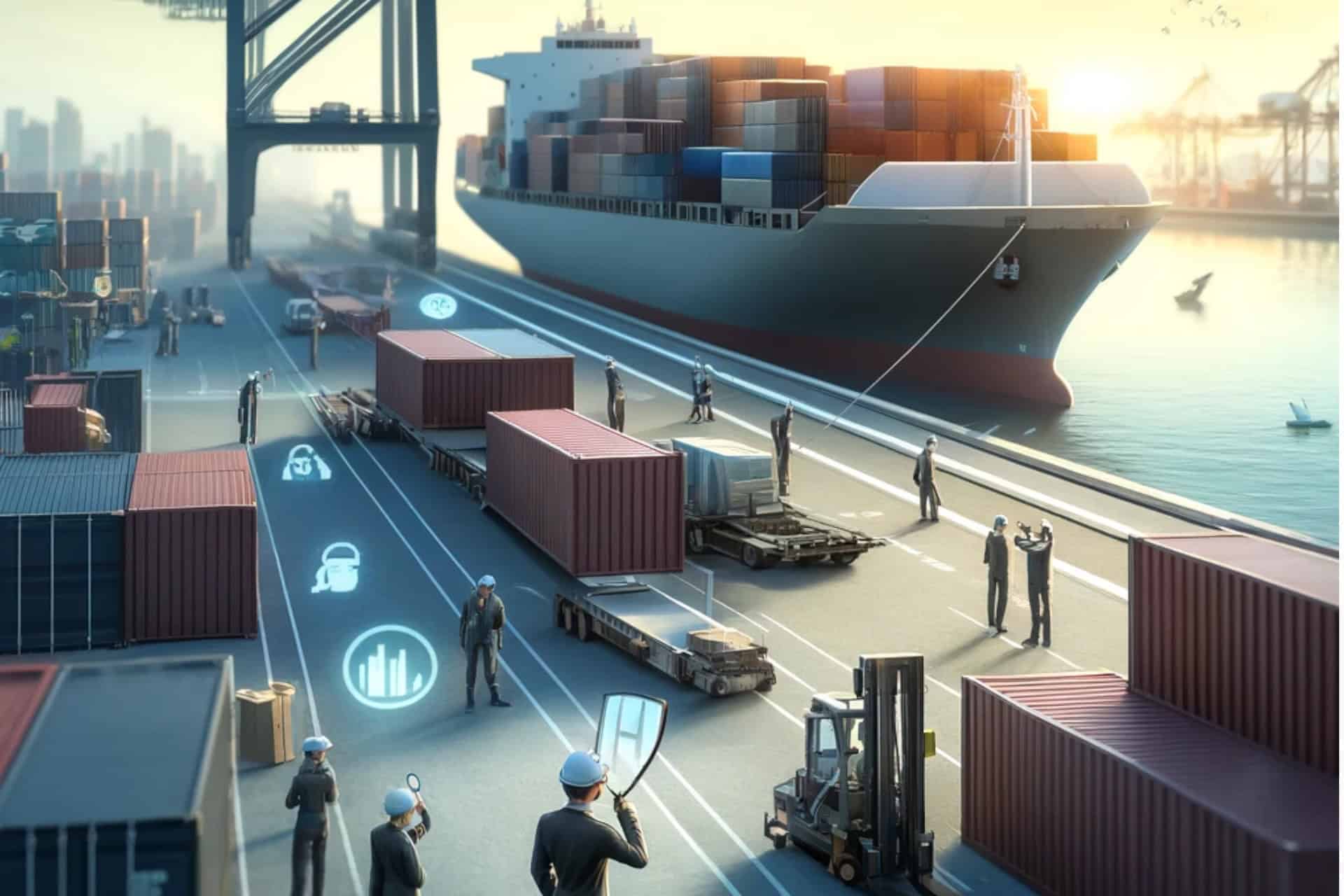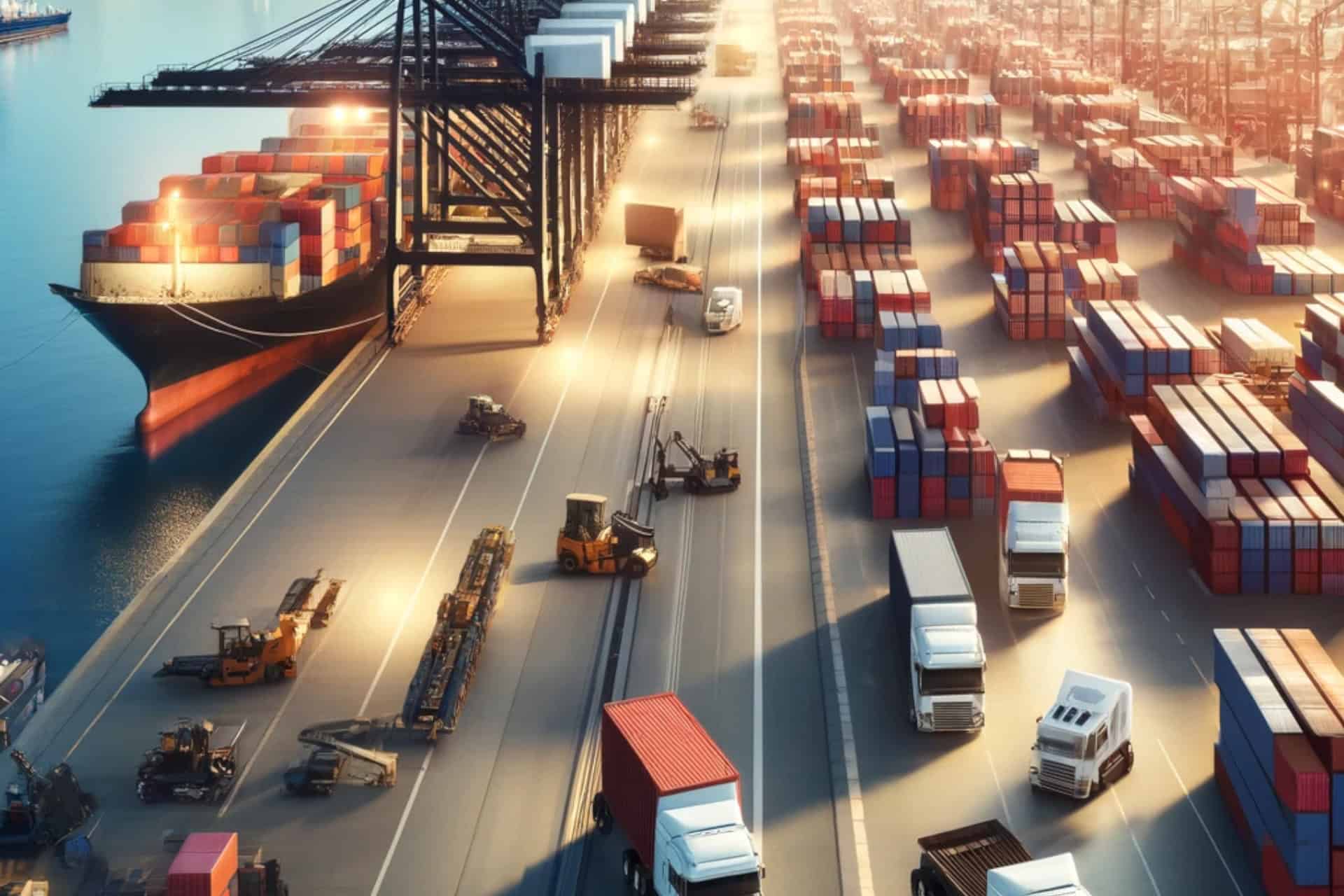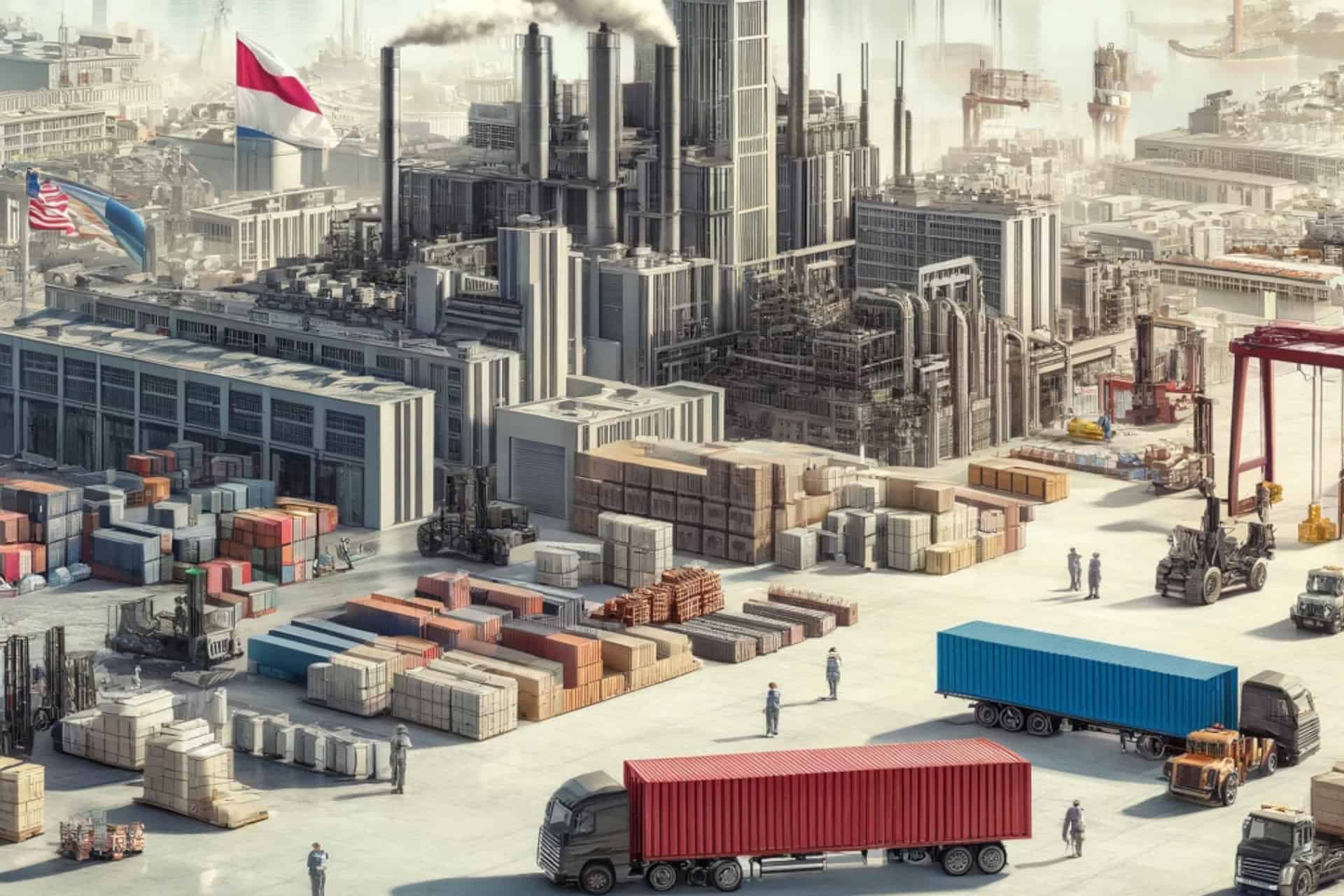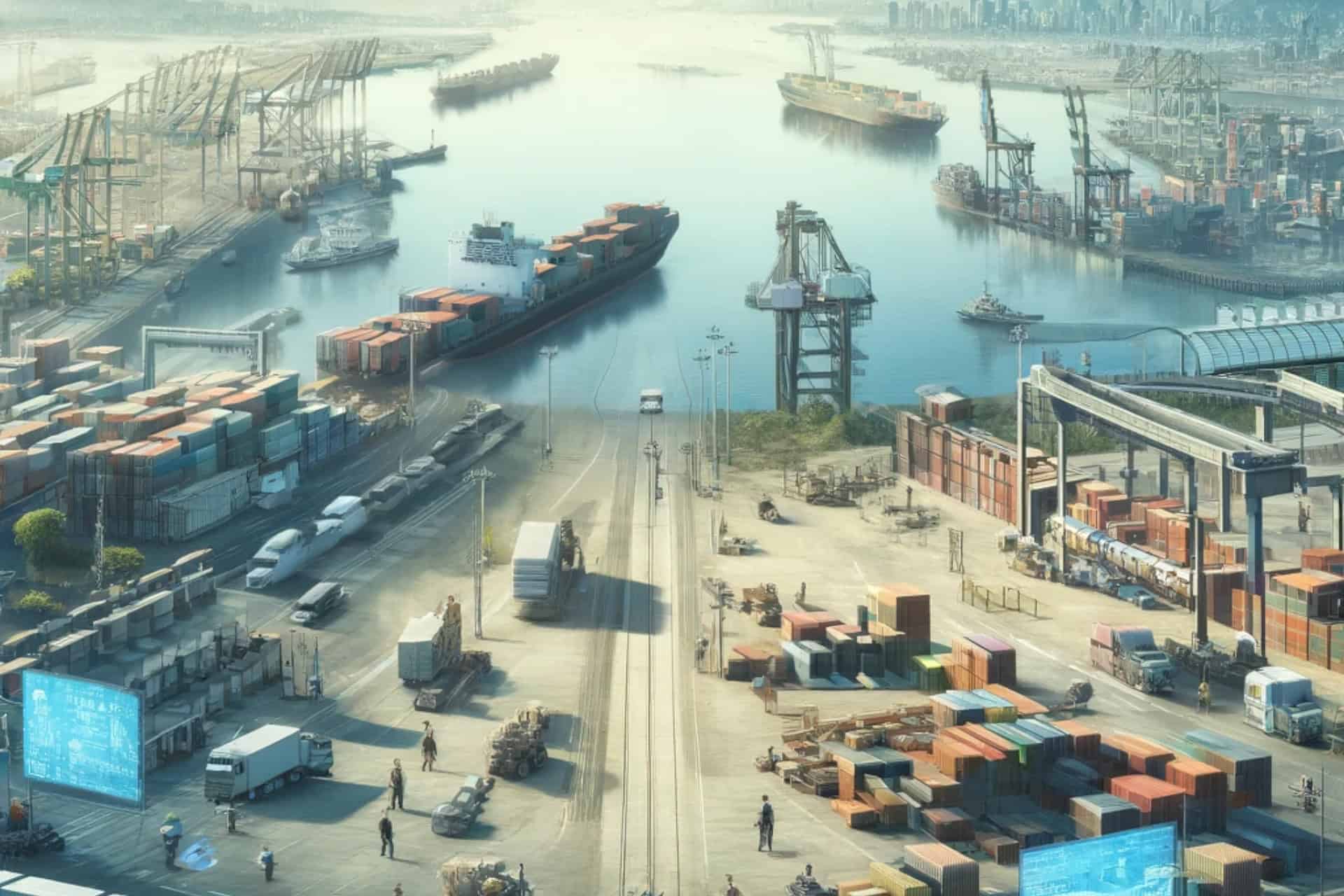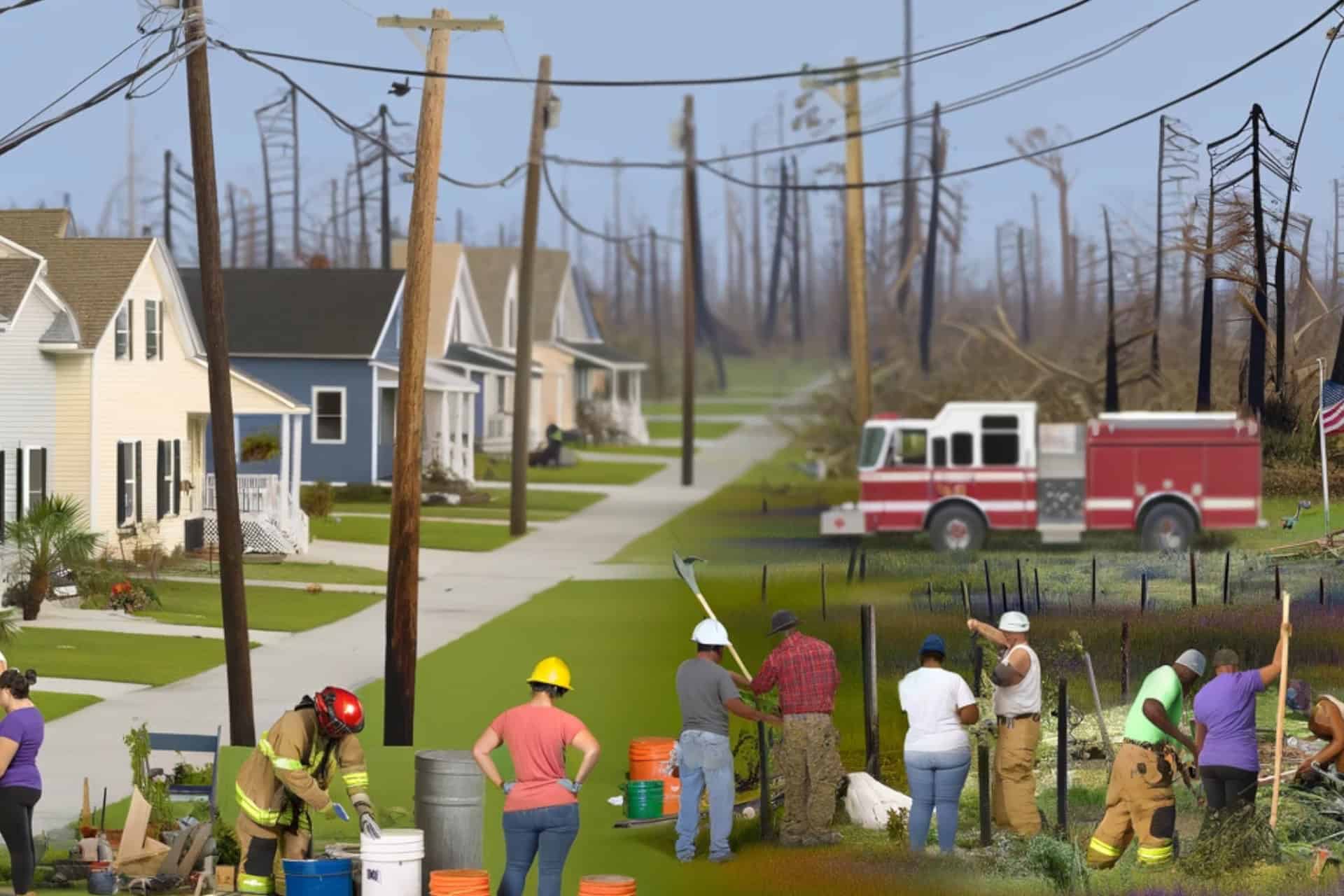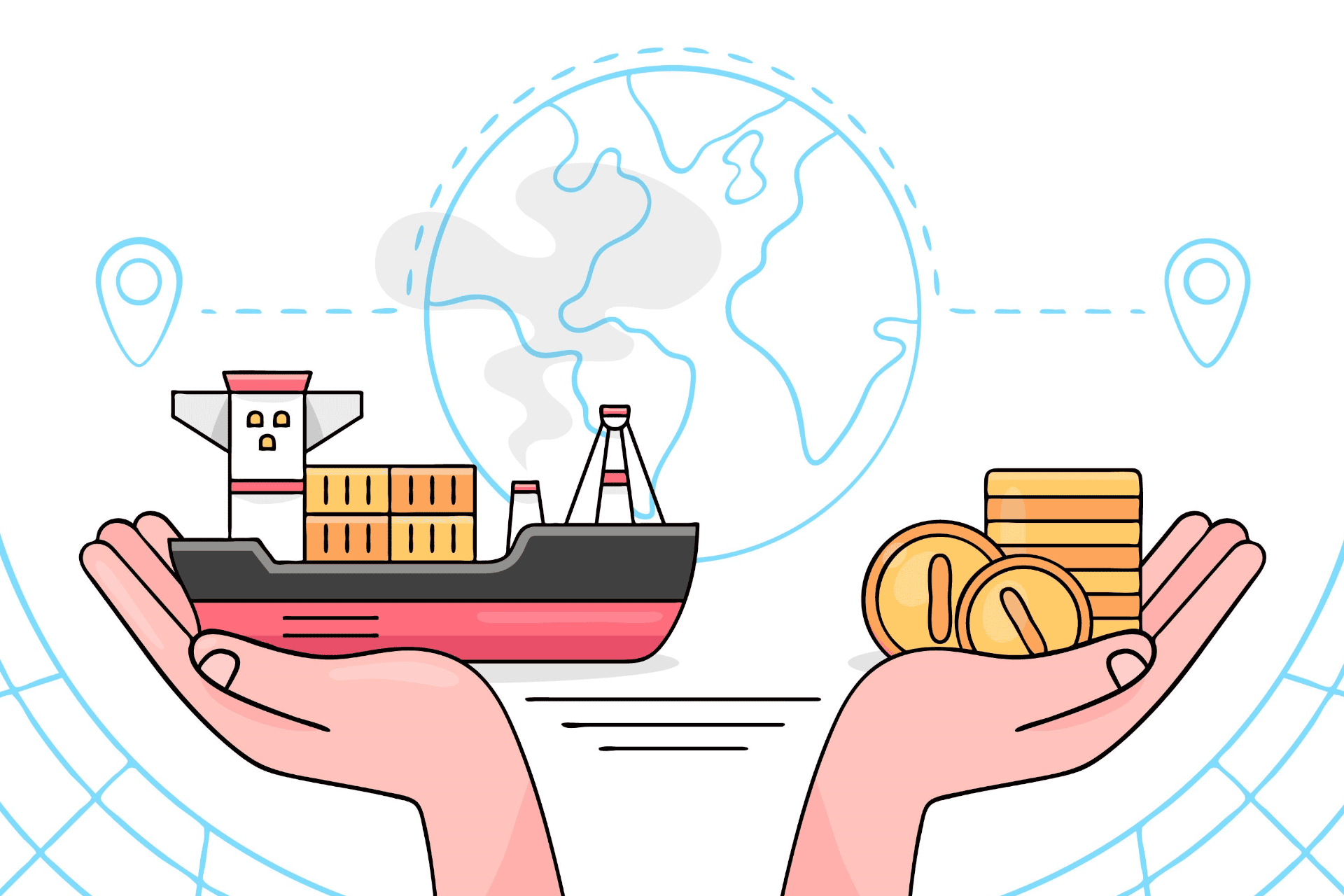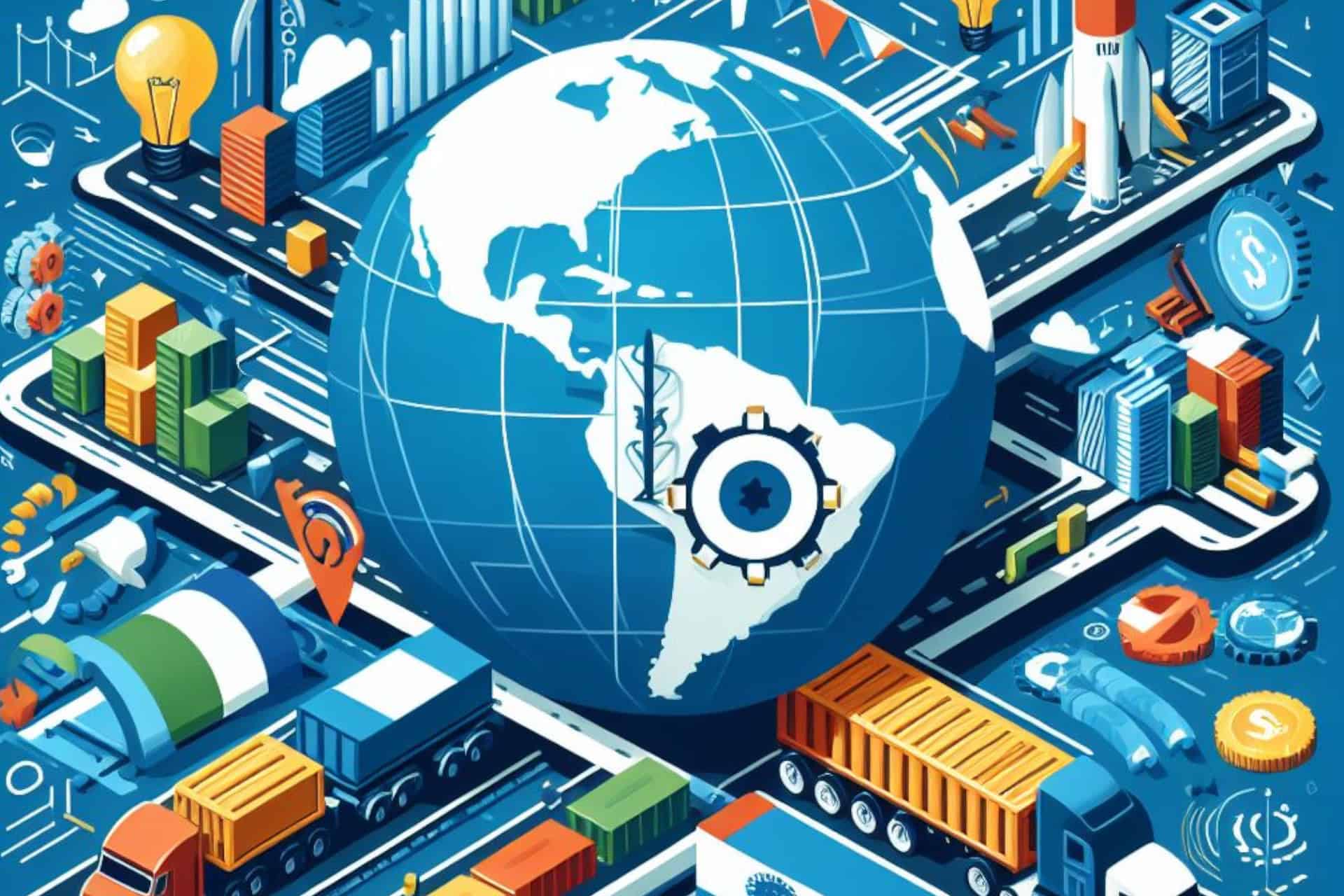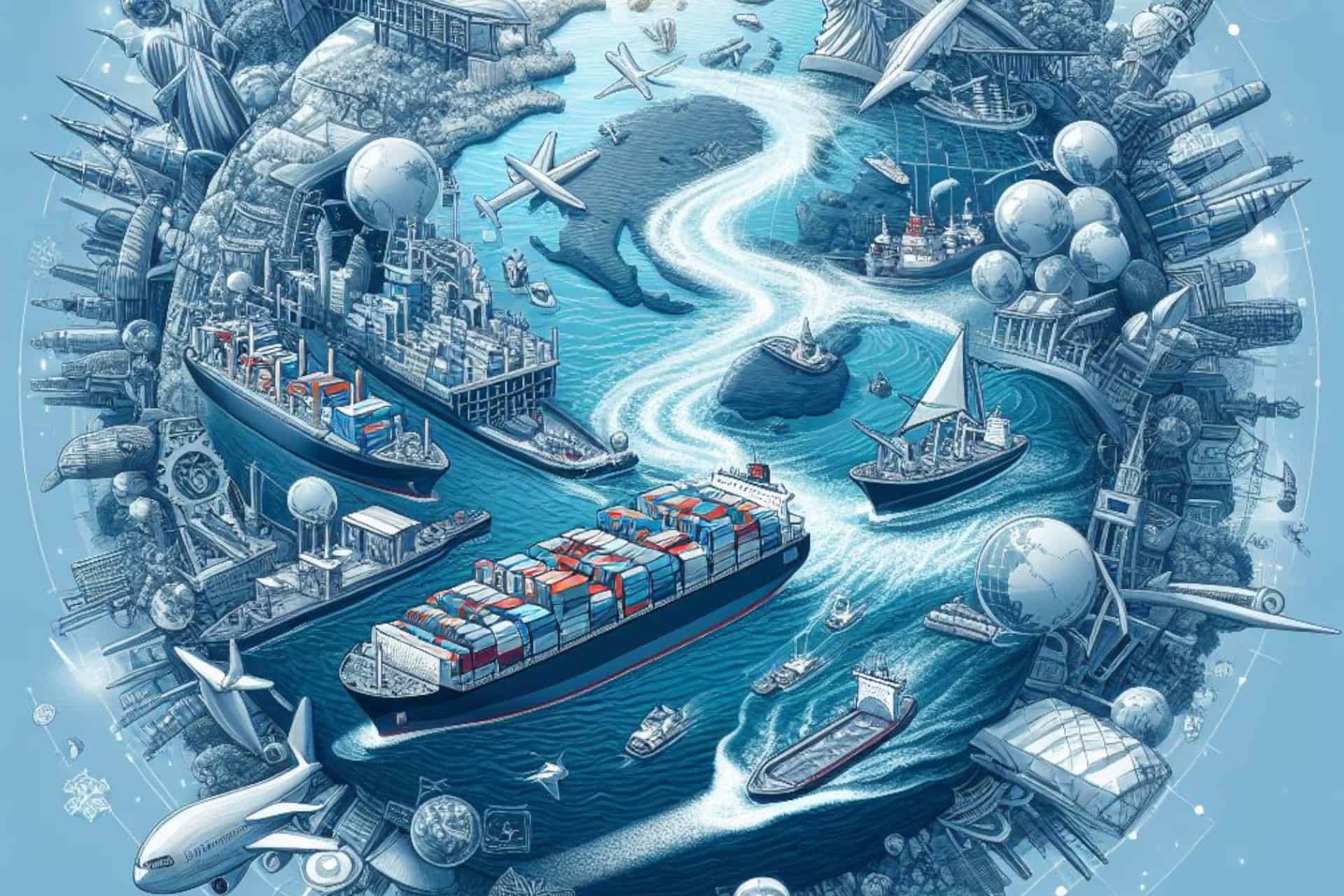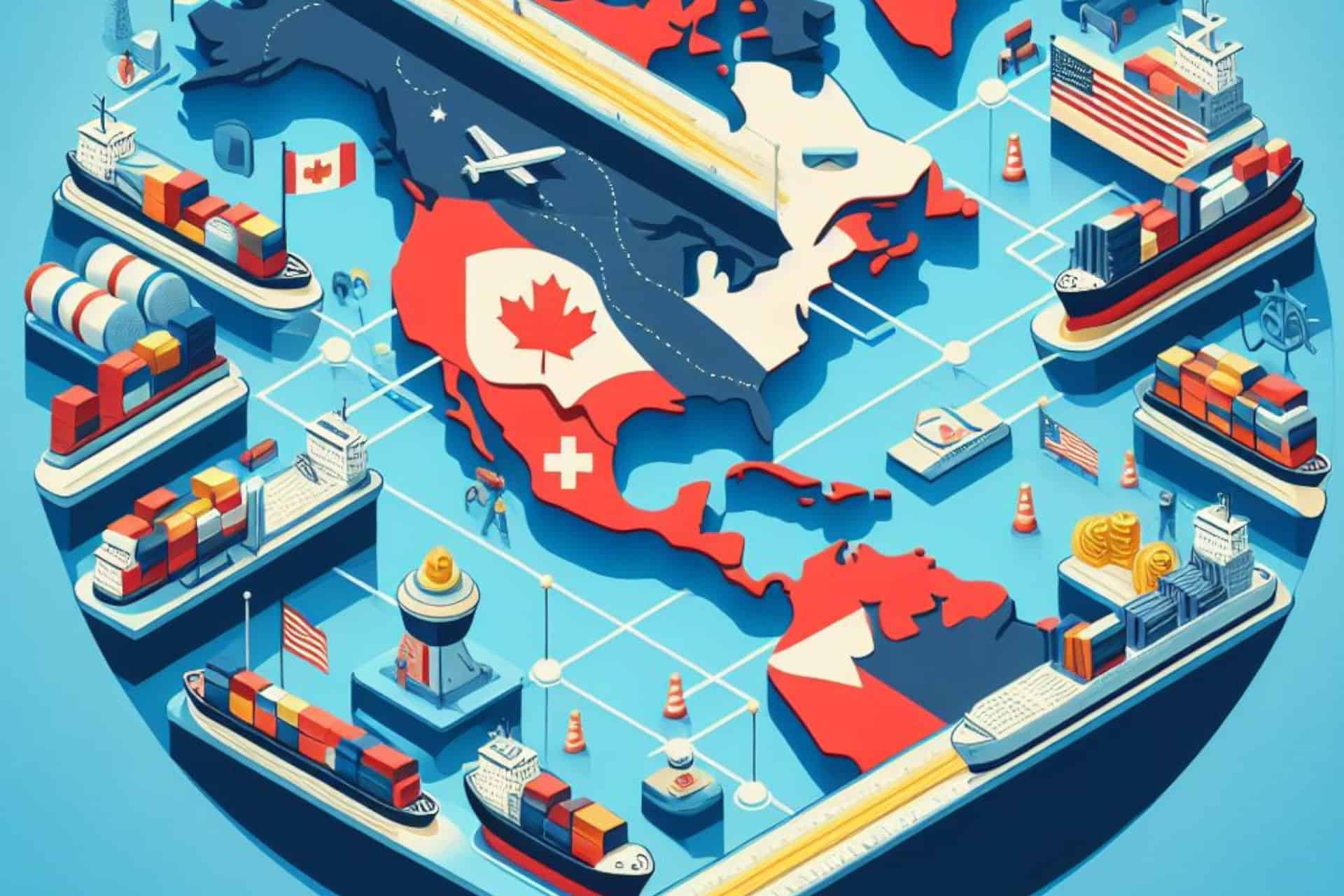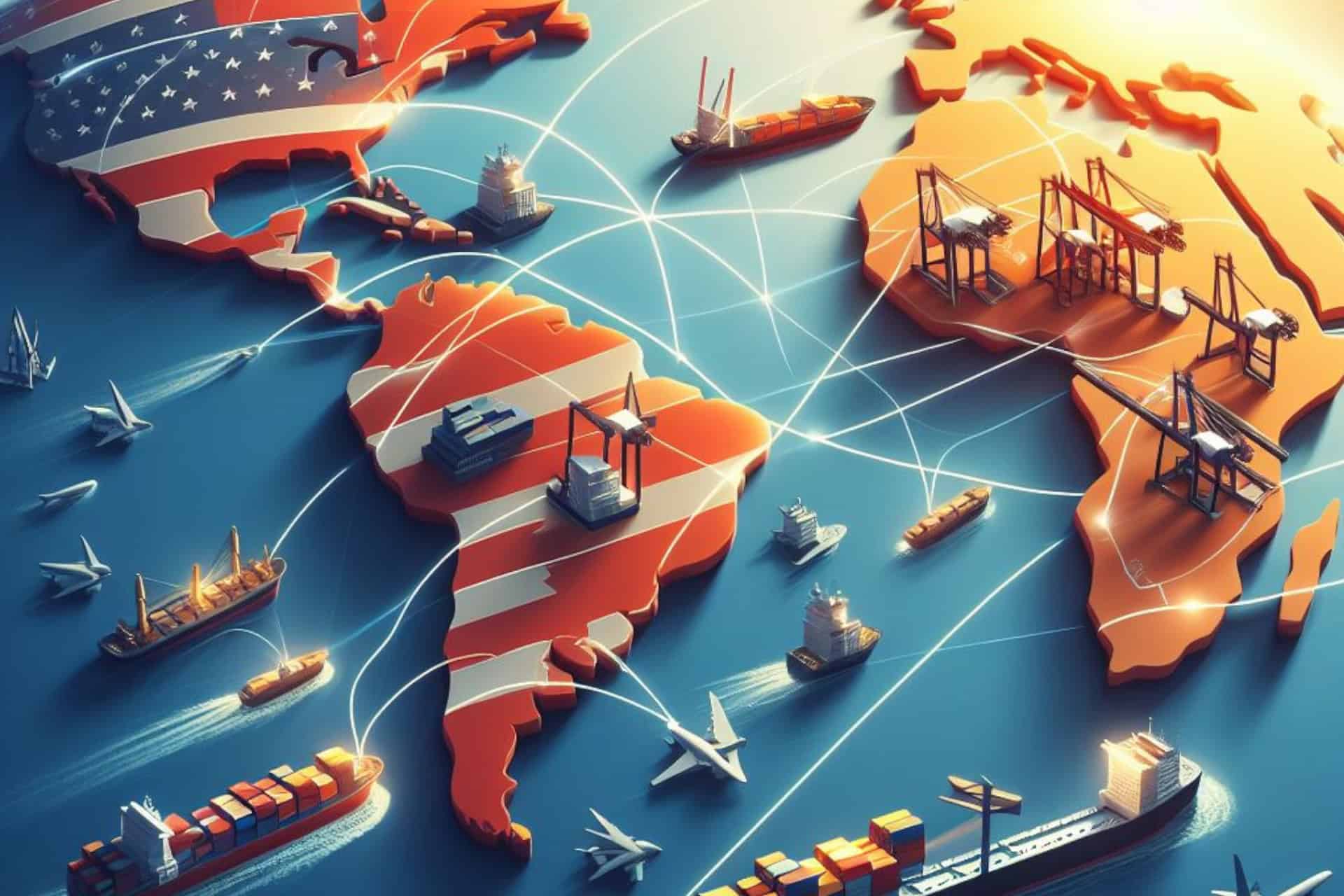Addressing supply chain vulnerabilities in Latin America requires a multifaceted approach that encompasses disaster preparedness, risk management, and technological innovation. By investing in resilience-building strategies and forging strong partnerships with stakeholders, companies can navigate the complex challenges facing the region's supply chains and emerge stronger in the face of adversity.
In recent years, the Latin American region has witnessed a surge in global trade and investment, propelling its economies forward and opening up new avenues for growth. However, alongside these opportunities, the region also faces numerous challenges, particularly concerning its supply chains. From natural disasters to geopolitical instability and the ongoing effects of the COVID-19 pandemic, Latin America's supply chains are vulnerable to a myriad of disruptions. Addressing these vulnerabilities is crucial for ensuring the region's economic stability and resilience in the face of adversity.
One of the primary challenges facing supply chains in Latin America is the region's susceptibility to natural disasters. With its diverse geography encompassing everything from earthquake-prone zones to hurricane-affected coastlines, Latin America is no stranger to environmental upheavals. These events can wreak havoc on supply chains, disrupting transportation routes, damaging infrastructure, and causing delays in the delivery of goods. To mitigate the impact of natural disasters, companies operating in the region must invest in robust disaster preparedness and response strategies. This includes establishing alternative transportation routes, implementing advanced forecasting technologies, and building resilient infrastructure capable of withstanding environmental shocks.
Moreover, geopolitical instability poses another significant threat to supply chains in Latin America. Political unrest, trade disputes, and regulatory changes can all disrupt the flow of goods and services, creating uncertainty for businesses operating in the region. To navigate these challenges, companies must adopt a proactive approach to risk management, closely monitoring geopolitical developments and diversifying their supplier base to reduce dependency on any single market or country. Additionally, fostering strong partnerships with local governments and stakeholders can help companies navigate regulatory complexities and mitigate the impact of political instability on their supply chains.
The COVID-19 pandemic further underscored the vulnerabilities of supply chains in Latin America. Border closures, lockdowns, and restrictions on movement disrupted global trade and exposed the fragility of interconnected supply networks. To build resilience in the face of future pandemics or health crises, companies must prioritize supply chain agility and flexibility. This includes investing in digital technologies such as blockchain, artificial intelligence, and Internet of Things (IoT) to enhance visibility and traceability across the supply chain. By leveraging real-time data and analytics, companies can proactively identify potential disruptions and quickly adapt their operations to mitigate their impact.
#LatinAmerica #SupplyChain #Resilience #DisasterPreparedness #GeopoliticalInstability #COVID19 #RiskManagement #Technology #Innovation #BusinessContinuity
Read more views






